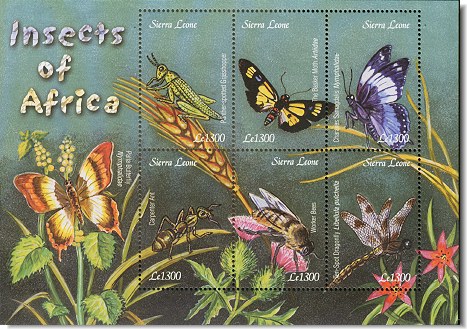Recent research in Europe and North American has shown that very low concentrations of neonicotinoid insecticides, in some cases even less than 50 parts per billion, can affect the foraging behavior of bees and the health of colonies. Neonicotinoids are a group of insecticides with a chemical structure similar to nicotine. The active ingredients of neonicotinoid products used in greenhouses include imidacloprid, acetamiprid, dinotefuran and thiamethoxam. One reason that neonicotinoid products have been favored is because they are absorbed by plant roots and circulate in the plant. This systemic activity was particularly effective against sucking insects like aphids and whiteflies.
For growers looking for alternatives to neonicotinoids, I have made a list of alternative products known to be effective against each type of greenhouse pest (see below). All of these products need to be applied as foliar sprays when pest populations exceed tolerable levels.
Biological control is another alternative. For biological control, a good scouting program is critical, and predators and parasitoids should be released early in the crop before pests build to outbreak levels. Predators should not be released onto plants previously treated with pesticides because the residue will be toxic to them and plants cannot be sprayed when you are using biocontrol. There are a few products that are more compatible with predators and parasitoids. Contact a biosupply representative for more information.
Insect management without neonicotinoids
Starting clean. Do not carry over insects from one crop to another. Keep thrip numbers down to less than 10 per card per week in the fall and winter on poinsettias and Dracaena. Avoid keeping houseplants or allowing weeds to grow in the greenhouse. When each batch of media arrives for a new crop, check it for fungus gnats by filling a 1 gallon zip-lock bag half-full with moist soil. If fungus gnat adults emerge within three weeks, consider applying a fungus gnat treatment at planting time. Check incoming plant material carefully. If insects are found, treat them with an appropriate product listed below to start as clean as possible.
Scouting. Monitor thrips and whiteflies with yellow sticky cards. Change cards once per week. Use at least one card per house or one per 2,000 square feet. Check the first plants to flower for thrips. For spider mites and aphids, check susceptible plants like marigold (mites) and pepper (aphids) weekly. Potato wedges can be stuck in soil and checked 24 hours later for fungus gnat larvae.
Systemic insecticides. None available.
Preventing outbreaks. If yellow sticky cards or scouting indicates an increase in aphids, mites, thrips, fungus gnats or whiteflies, apply one of the following insecticide products once per week.
Thrips
•Aria
•Aza-Direct
•AzaGuard
•Azatin XL
•Mesurol
•Orthene 97
•Overture
•Pedestal
•Pylon
•Sanmite
Aphids
•Aria
•Azatin
•BotaniGard
•Distance
•Endeavor
•Enstar II
•Kontos
•Ornazin
•Orthene 97
•Precision
Whiteflies
•Aria
•Azatin
•BotaniGard
•Distance
•Endeavor
•Enstar
•Kontos
•Ornazin
•Orthene 97
•Pedestal (do not use on poinsettias)
•Precision
•Sanmite
•Talus
•Judo
Mites
•Akari
•Avid
•Floramite
•Hexygon
•Judo
•Kontos
•Ovation
•ProMite
•Pylon
•Sanmite
•Shuttle-O
•Tetrasan
•Ultiflora
Broad mites and cyclamen mites
•Avid
•Akari
•Judo
•Pylon
•SanMite
•2% horticultural oil. Reduce humidity to below 80% if possible.
Fungus gnats
•Azatin XL
•Adept (not on poinsettias)
•Distance as a soil drench
Mealybugs
•Aria
•Orthene 97
•Talus
Source: Posted on February 27, 2014 by Dave Smitley, Michigan State University Extension, Department of Entomology
http://msue.anr.msu.edu/news/greenhouse_insect_management_without_neoni…

- Log in to post comments
